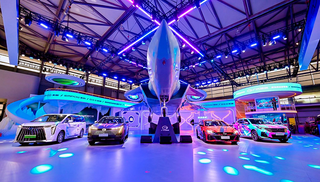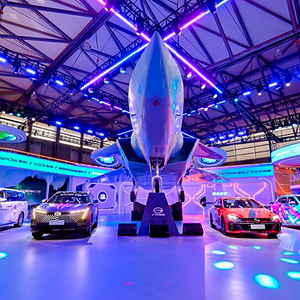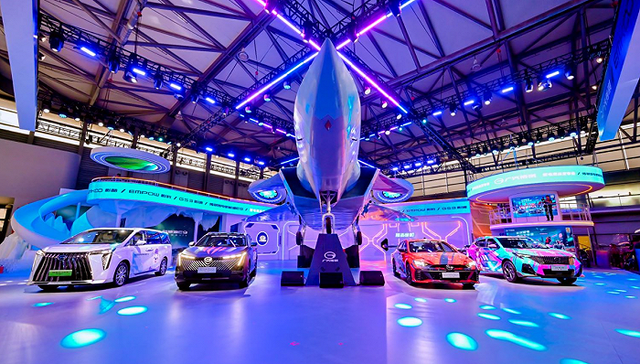By LIU Jiaxin, ZHOU Shuqi
Many established car brands in China are grappling with a shifting ecosystem of car buyers. In the past decade, the demographic has become notably younger.
Last year, 46 percent of new car buyers were born after 1990, with an average age of around 35. This has pushed car companies to rethink their strategies. These customers make nearly half of the purchases.
Traditional brands are finding it especially tough. Young consumers seek shared values with a brand rather than premium status or cutesy design.
In response, car brands are organizing youth-focused events to demonstrate these shared values. The 20th China Digital Entertainment Expo and Conference (ChinaJoy for short) has cars lined up alongside the latest games, but the effectiveness of these circuses remains highly questionable.

The much-lauded young people are much more interested in posting clips online than being cajoled into bad choices by supposed "shared values," so car makers have followed the prospective customers into platforms like Xiaohongshu and Bilibili.
Ultimately, it's probably not about marketing at all. On these platforms, people are very interested in what other users say about a car, for example, but there is not much interest in what a car maker has to say about itself.
That means you are going to need a solid product, based on the buyer's practical needs and not an imagined "emotional connection" to cars.





